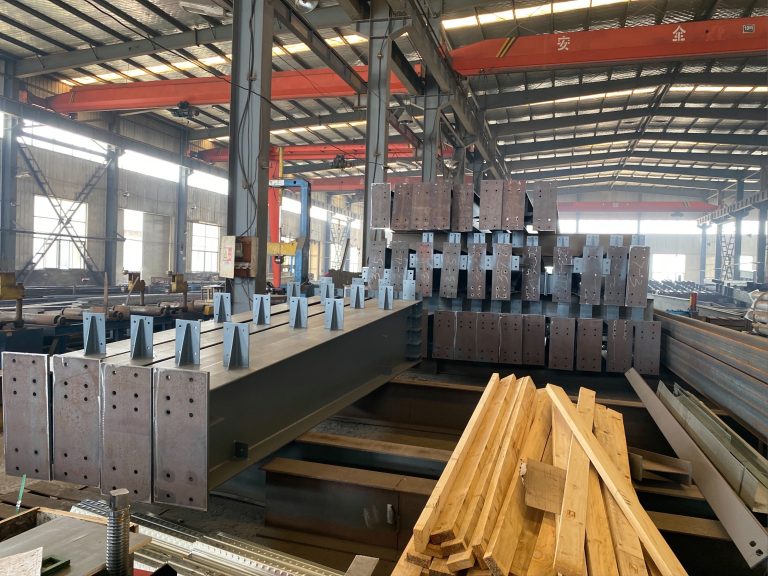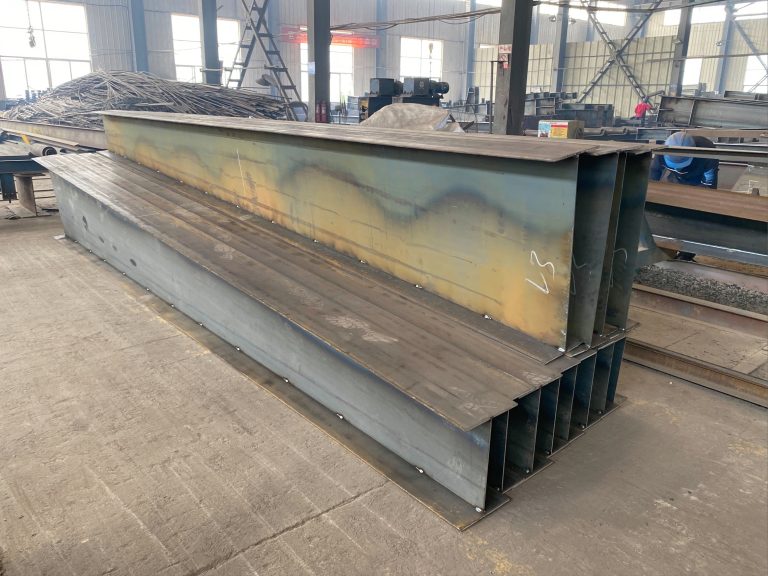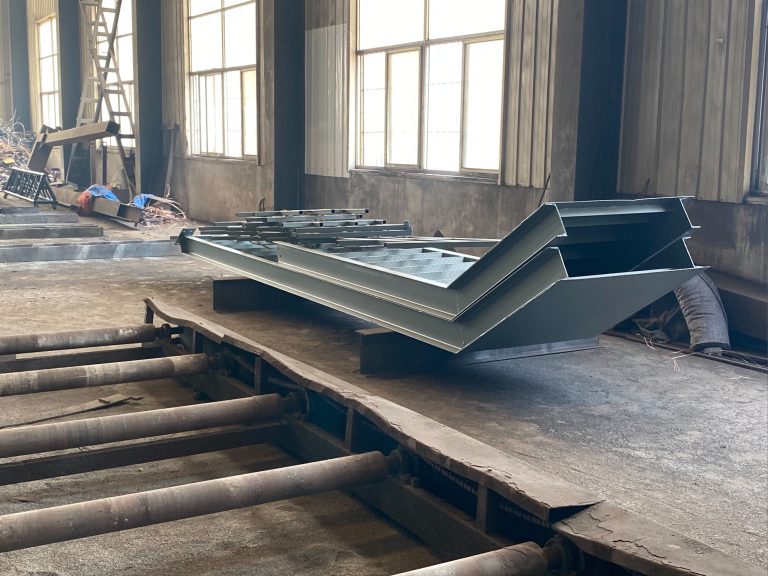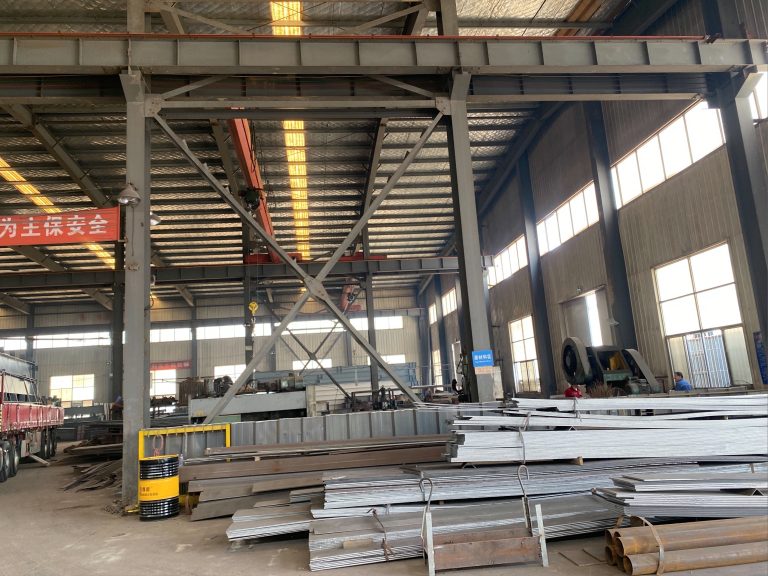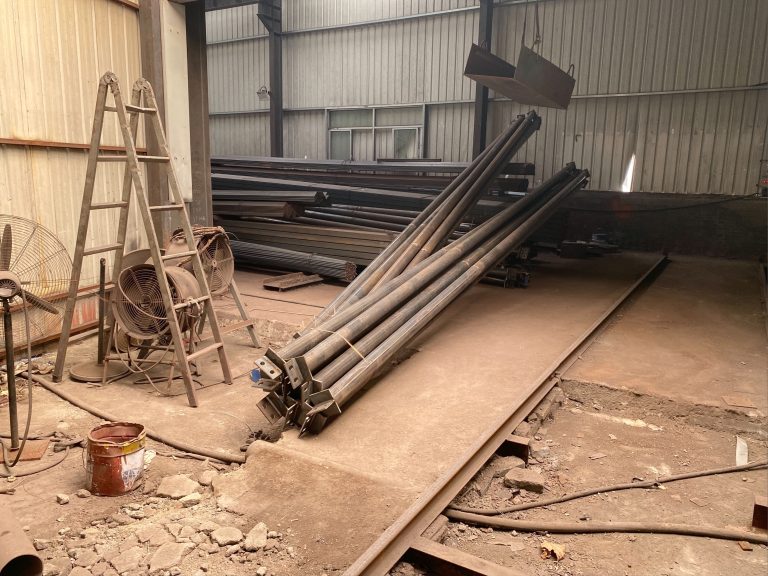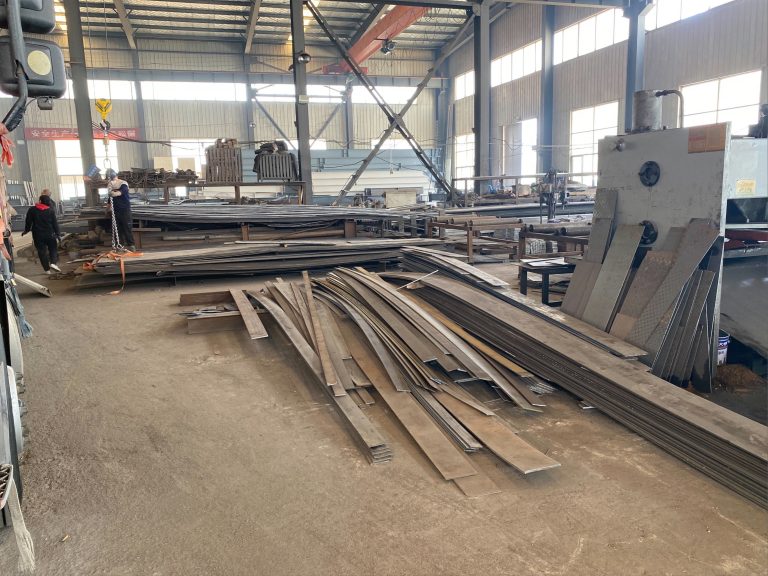Technical innovation of steel structure in renewable energy storage facilities
Table of Contents
Advancements in Steel Composite Materials for Increased Durability and Efficiency in Renewable Energy Storage Facilities
Steel has long been a staple material in the construction industry due to its strength, durability, and versatility. In recent years, advancements in steel composite materials have revolutionized the way renewable energy storage facilities are designed and built. These innovations have not only increased the efficiency and durability of these structures but have also contributed to the overall sustainability of renewable energy systems.
One of the key advancements in steel composite materials is the development of high-strength, lightweight steel alloys. These alloys are engineered to provide the same level of strength as traditional steel but with a significantly reduced weight. This allows for the construction of taller and more complex structures without compromising on structural integrity. In renewable energy storage facilities, this means that larger storage tanks and support structures can be built using less material, resulting in cost savings and reduced environmental impact.
Another important innovation in steel composite materials is the integration of corrosion-resistant coatings and treatments. Steel is susceptible to corrosion when exposed to moisture and harsh environmental conditions, which can compromise the structural integrity of a building over time. By incorporating advanced coatings and treatments, steel structures in renewable energy storage facilities can withstand the elements and maintain their strength and durability for decades to come. This not only extends the lifespan of the facility but also reduces the need for costly maintenance and repairs.
In addition to improved strength and corrosion resistance, steel composite materials have also been optimized for thermal efficiency. Renewable energy storage facilities often house sensitive equipment and materials that require specific temperature and humidity levels to function properly. By using steel alloys with enhanced thermal properties, these facilities can maintain a stable internal environment, reducing energy consumption and operating costs. This is especially important in regions with extreme weather conditions, where maintaining a consistent temperature can be a challenge.
Furthermore, advancements in steel composite materials have enabled the design and construction of more sustainable and environmentally friendly renewable energy storage facilities. Steel is a highly recyclable material, with a recycling rate of over 90% in many countries. By using recycled steel in the construction of these facilities, the carbon footprint of the project is significantly reduced. Additionally, steel composite materials can be prefabricated off-site, minimizing waste and reducing construction time. This not only streamlines the building process but also reduces the environmental impact of the project as a whole.
Overall, the technical innovation of steel structure in renewable energy storage facilities has revolutionized the way these structures are designed, built, and operated. By utilizing high-strength, lightweight steel alloys, corrosion-resistant coatings, and thermal-efficient materials, these facilities can achieve increased durability, efficiency, and sustainability. As the demand for renewable energy continues to grow, the importance of utilizing advanced steel composite materials in the construction of storage facilities cannot be overstated. With ongoing research and development in this field, the future looks bright for the integration of steel innovation in renewable energy storage facilities.
Integration of Smart Technologies and Automation in Steel Structures for Enhanced Monitoring and Control in Renewable Energy Storage Facilities
Steel structures have long been a popular choice for construction due to their durability, strength, and versatility. In recent years, there has been a growing trend towards incorporating smart technologies and automation into steel structures to enhance monitoring and control in various industries, including renewable energy storage facilities. This integration of technical innovation has revolutionized the way these facilities operate, making them more efficient, reliable, and sustainable.
One of the key benefits of integrating smart technologies and automation into steel structures in renewable energy storage facilities is the ability to monitor and control various systems remotely. This allows operators to easily track the performance of the facility, identify any issues or inefficiencies, and make adjustments as needed. By having real-time data at their fingertips, operators can optimize the operation of the facility, maximize energy storage capacity, and minimize downtime.
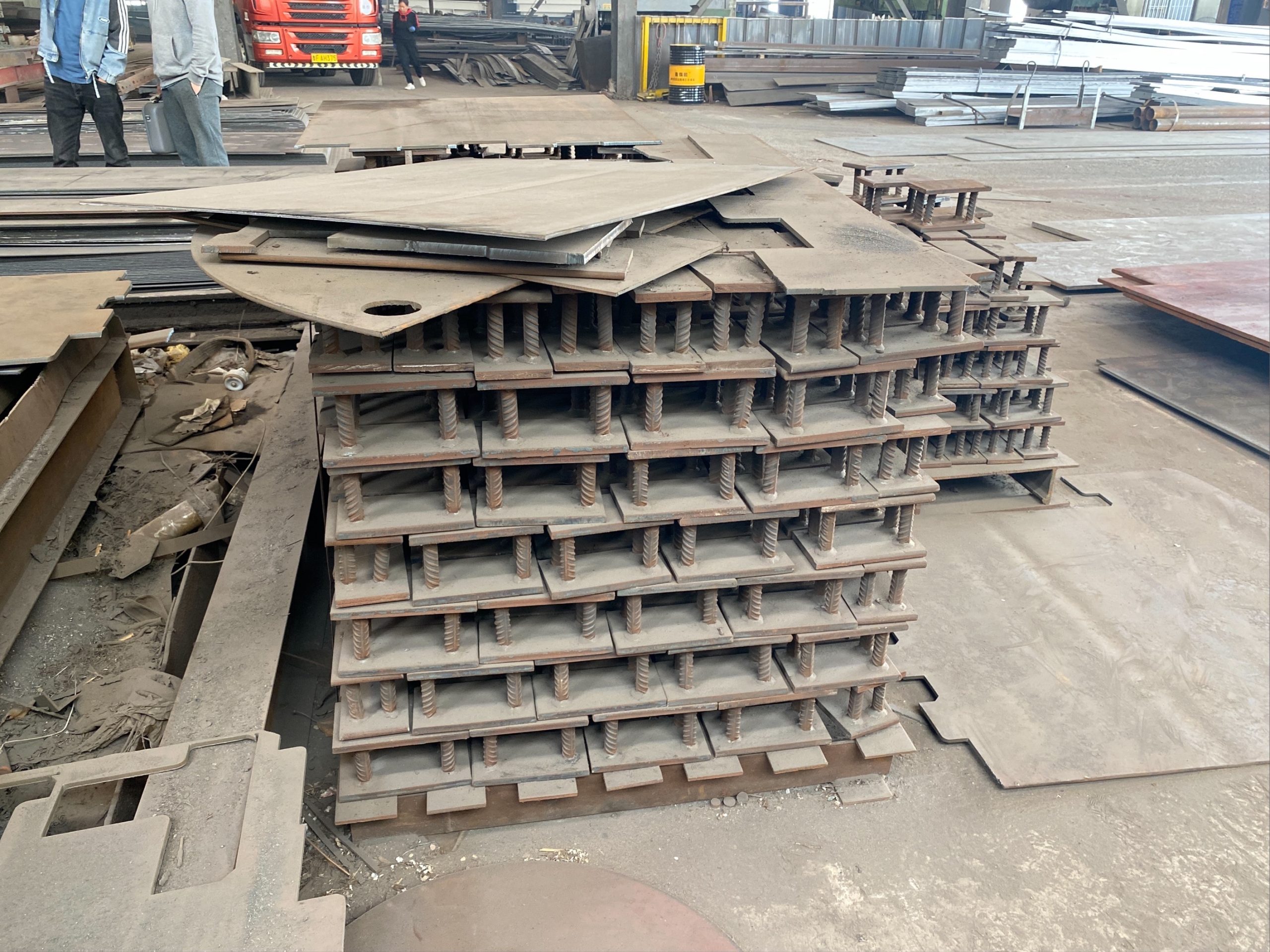
Furthermore, the use of smart technologies and automation in steel structures allows for predictive maintenance, which can help prevent costly breakdowns and repairs. By analyzing data collected from sensors embedded in the structure, operators can predict when components are likely to fail and schedule maintenance before a problem occurs. This proactive approach not only saves time and money but also ensures the facility operates at peak performance.
Another advantage of integrating smart technologies and automation into steel structures in renewable energy storage facilities is the ability to optimize energy usage. By using advanced control systems, operators can adjust energy storage levels based on demand, weather conditions, and other factors. This not only helps to maximize the efficiency of the facility but also reduces energy waste and lowers operating costs.
In addition to monitoring and control, smart technologies and automation in steel structures can also improve safety and security in renewable energy storage facilities. By installing sensors and cameras throughout the facility, operators can detect potential hazards, such as leaks or fires, and respond quickly to mitigate risks. Access control systems can also be implemented to restrict entry to authorized personnel only, ensuring the safety of both employees and the facility.
Overall, the integration of smart technologies and automation in steel structures has transformed renewable energy storage facilities into highly efficient and sustainable operations. By leveraging the power of data and technology, operators can optimize performance, reduce costs, and enhance safety. As the demand for renewable energy continues to grow, these innovations will play a crucial role in ensuring the reliability and effectiveness of energy storage facilities.
In conclusion, the technical innovation of steel structures in renewable energy storage facilities has opened up new possibilities for monitoring and control. By integrating smart technologies and automation, operators can optimize performance, prevent breakdowns, and enhance safety. As the renewable energy industry continues to evolve, these advancements will be essential in meeting the growing demand for clean and sustainable energy solutions. The future of renewable energy storage facilities is bright, thanks to the integration of smart technologies and automation in steel structures.

